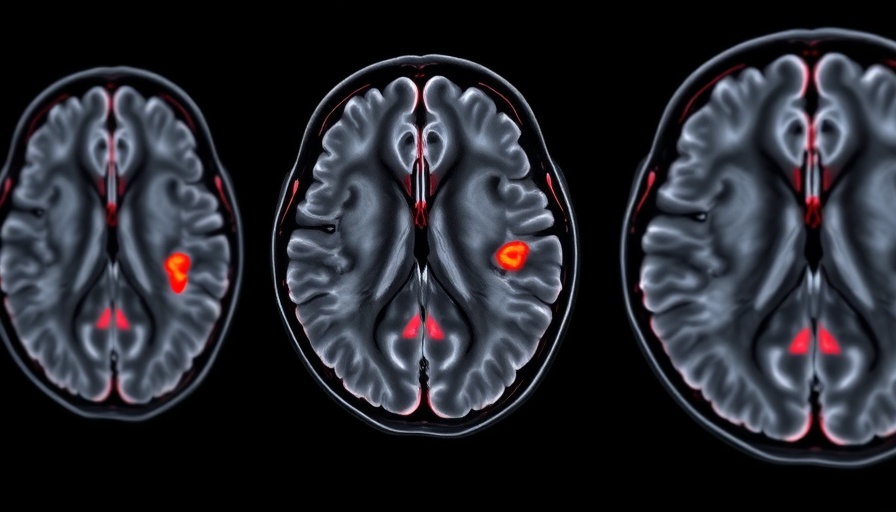
Understanding Intracerebral Hemorrhage: The Latest Insights
Intracerebral hemorrhage (ICH) presents a complex challenge in emergency medicine, particularly regarding management strategies that include blood pressure (BP) control. Recent insights from a randomized trial known as the ICHADAPT-2 study have brought clarity to an ongoing debate in the field. This trial's findings indicate that adhering to stringent BP guidelines—specifically, aiming for a systolic BP target of less than 140 mm Hg—does not increase the risk of developing minor brain lesions compared to a more relaxed target of less than 180 mm Hg.
What the Study Reveals About Blood Pressure Management
The ICHADAPT-2 trial, focusing on 79 patients, sought to explore whether aggressive BP reduction in acute ICH circumstances would correlate with an increased incidence of diffusion-weighted imaging (DWI) lesions. Contrary to the prevalent concerns, the results revealed comparable rates of DWI lesions between the two BP control methods (31% vs. 38%), indicating that tighter BP control may be both safe and effective for managing ICH.
The Implications for Patient Care
Healthcare providers can take comfort in the findings from this research that reinforce current guideline recommendations. It shows that achieving a systolic BP within the 130-140 mm Hg range after an ICH event may prevent hematoma expansion effectively without precipitating ischemic injuries from reduced cerebral perfusion pressure. This reinforces the critical role of intensive antihypertensive therapy in acute settings.
Understanding DWI Lesions: Their Role and Relevance
Yet, questions linger regarding DWI lesions themselves. The study highlights that the lesions in question are not solely linked to BP levels, as they could also be associated with underlying cerebral small-vessel disease—an often overlooked contributor to brain health. The editorial accompanying the study challenges the community to rethink how BP targets are personalized, moving towards a physiological data-centric approach for optimal management of the patients post-IC.
Broader Context: Integrating Findings into Clinical Practice
As medical professionals strive for excellence in patient outcomes, the study's observations add an extra layer of depth to our understanding of managing acute ICH. Ensuring that caregivers are updated with the latest data on patient safety and evidence-based practice is crucial. Here, the need for continuing education within medical communities cannot be overstated.
Call for Action: Stay Informed and Educated
As we strive for high-quality patient care, ongoing education and embracing new research are vital. Whether through attending clinical seminars, participating in workshops, or staying informed via medical society updates, it is essential for healthcare providers to continuously adapt to the evolving landscape of medical knowledge.
 Add Row
Add Row  Add
Add 




 Add Row
Add Row  Add
Add 

Write A Comment